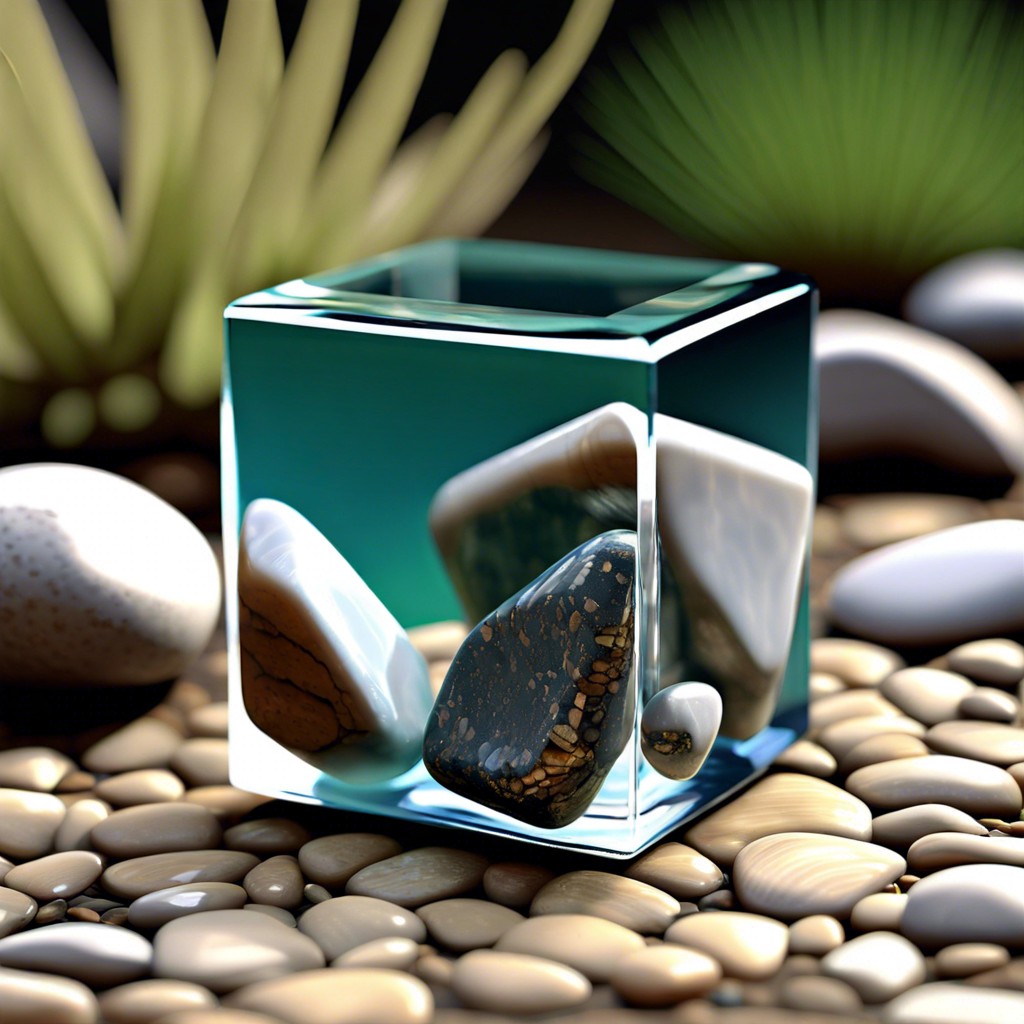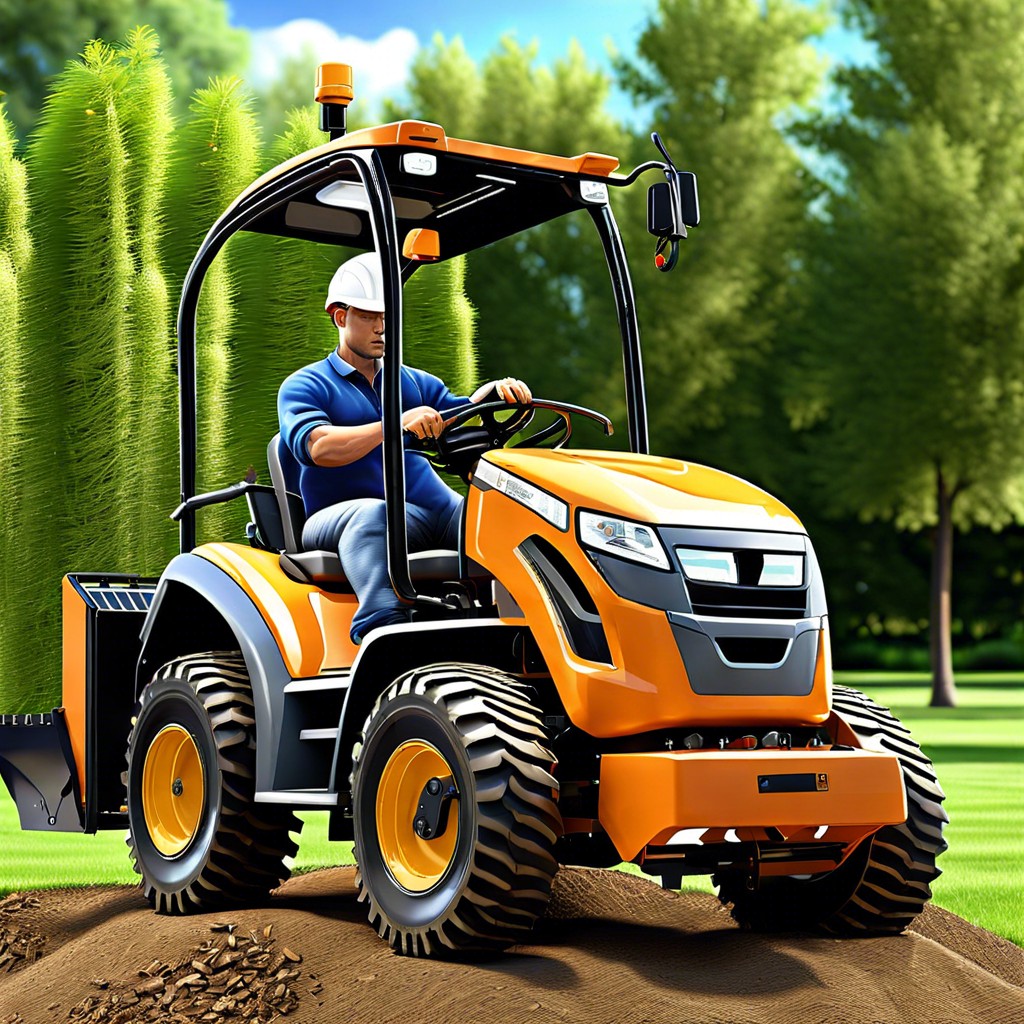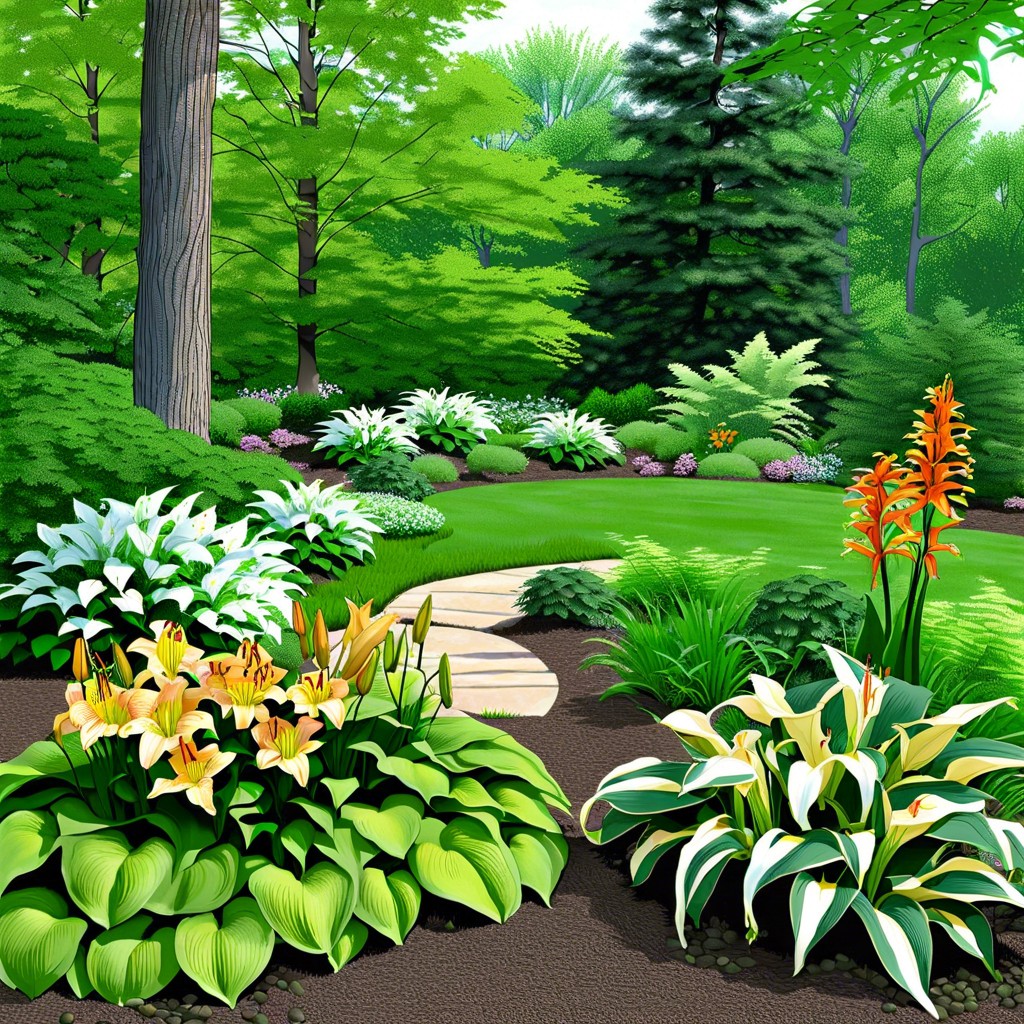You can create a natural habitat for birds and wildlife by incorporating native plants into your landscaping, providing sources of water, creating shelter with trees and shrubs, avoiding the use of pesticides and herbicides, leaving dead wood in place for nesting material, and providing feeders or bird baths.
Creating a natural habitat for birds and wildlife can be an incredibly rewarding experience. With the right landscaping, you can transform your yard into a haven for local birds and animals.
In this blog post, we’ll discuss how to use landscaping to create a safe and healthy environment for birds and wildlife. We’ll take advice from StyleBaggage and cover topics such as choosing the right plants, providing shelter, creating water sources, and more! Read on to learn how you can use landscaping to create a natural habitat for birds and wildlife in your own backyard!
Planting Native Plants

Native plants are those that naturally occur in the local area, as opposed to non-native species which have been introduced from other regions. Native plants provide food and shelter for birds and wildlife, as well as helping to maintain the local ecosystem.
They also require less maintenance than non-native species, making them more cost effective in the long run. When selecting native plants for your landscape, it is important to consider their growth habits and how they will interact with each other in order to create a balanced environment that will support bird and wildlife populations.
It is important to choose species that are adapted to your climate so they can thrive without needing extra care or resources.
Providing Food Sources
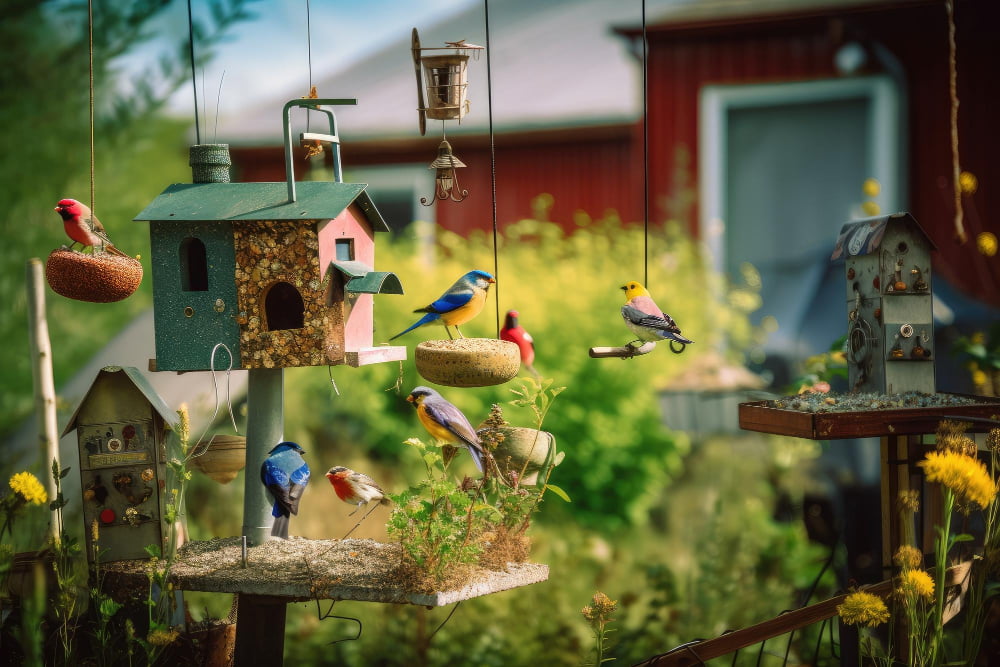
This can be done through landscaping by planting native plants that produce berries, nuts, or seeds. These plants should be chosen based on the type of birds and wildlife in the area so they are able to access the food sources easily.
Bird feeders can be installed in strategic locations around the yard to provide additional nutrition for birds and other animals. Bird baths should also be included as a source of water for drinking and bathing.
Leaving some areas of your landscape untended will create natural cover where animals can hide from predators or find shelter during bad weather.
Creating Water Sources
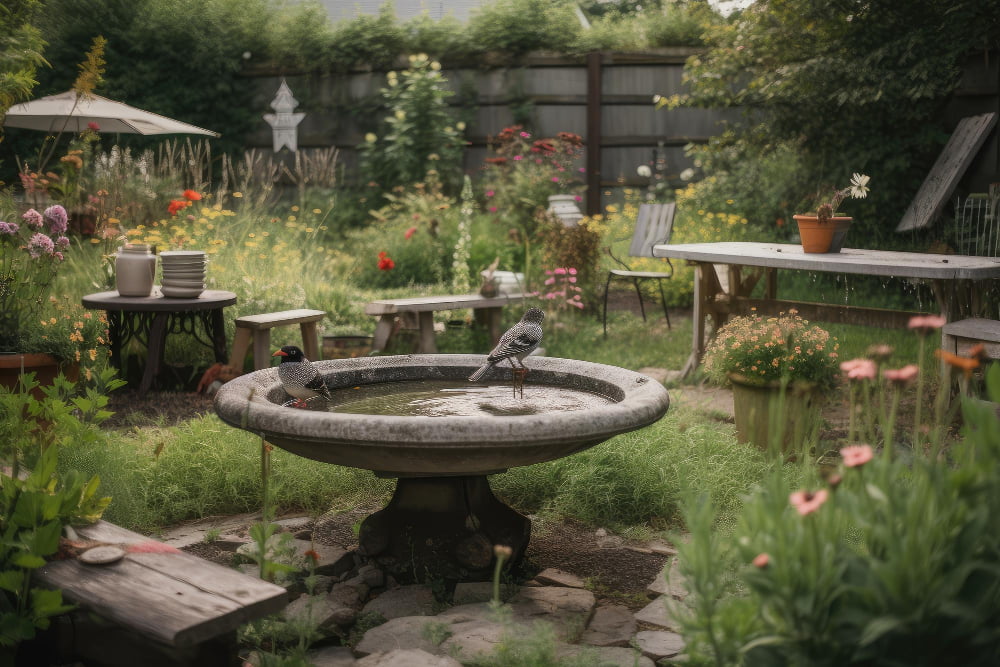
Water sources can be created in many different ways, such as installing bird baths, ponds, or streams. Bird baths are shallow containers filled with fresh water that attract birds to drink and bathe in.
Ponds provide a larger body of water for animals to drink from and also create a home for fish, frogs, turtles, and other aquatic life. Streams are flowing bodies of water that can be constructed using rocks or logs to create small rapids or pools where animals can find food and shelter.
All these types of water sources should be placed in areas with plenty of shade so the water does not evaporate quickly during hot days. It is important to keep the area around the source clean by removing debris regularly so that animals have access to clean drinking water.
Adding Birdhouses and Nesting Boxes
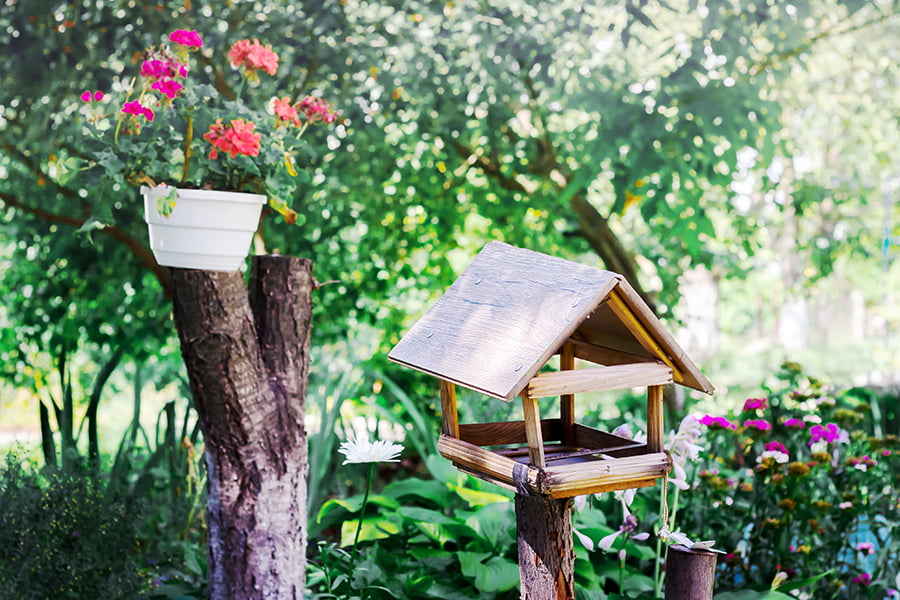
Birdhouses provide shelter from the elements, while nesting boxes offer a safe place for birds to lay their eggs. Both of these structures can be placed in trees or on posts around your yard, providing a safe haven for birds and other animals.
When selecting birdhouses and nesting boxes, it’s important to choose ones that are designed specifically for the type of bird you want to attract. Make sure they are well-ventilated and have drainage holes at the bottom so water doesn’t accumulate inside them.
Keep them clean by regularly removing any debris or old nests that may have accumulated inside them over time. By adding birdhouses and nesting boxes to your landscaping, you can create a welcoming environment for birds and other wildlife in your backyard!
Installing Bat Houses
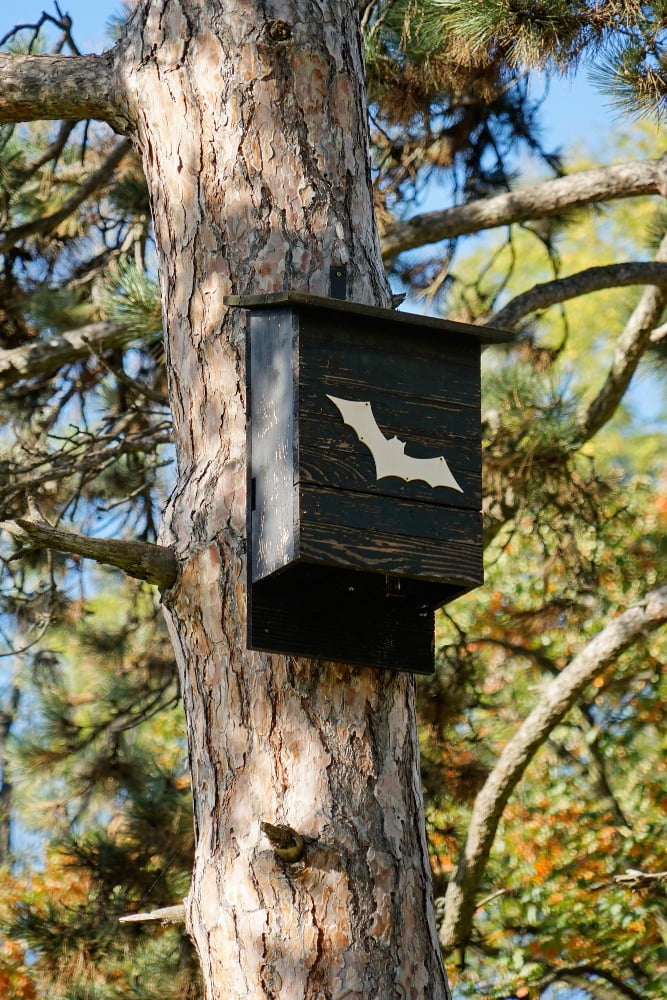
Bat houses provide shelter and protection from predators, as well as a place to roost during the day. They also provide a safe place for bats to raise their young.
Installing bat houses can help attract more bats to your area, which in turn will help control insect populations that may otherwise be harmful to plants or crops. Bats are important pollinators of many plants, so having them around can benefit your garden or landscape in other ways too! When installing bat houses, it’s important to make sure they’re placed in areas with plenty of sunlight and away from any potential predators like cats or hawks.
It’s also important to ensure the house is properly ventilated so that the bats have enough air circulation inside. It’s best practice to install multiple bat houses at different heights so that different species of bats can find suitable homes within your landscape.
Building Brush Piles and Rock Piles for Shelter
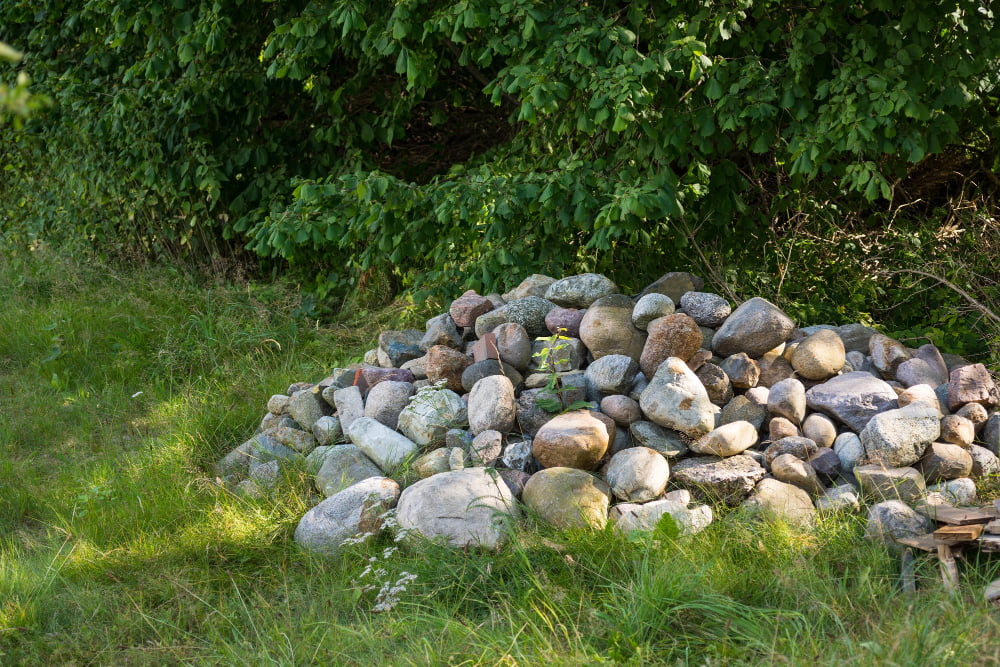
Brush piles are made by gathering sticks, branches, leaves, and other natural materials from the area around your yard or garden. These materials can be stacked in a pile or arranged in a mound shape to provide shelter for small animals such as birds, squirrels, rabbits, chipmunks, and lizards.
Rock piles are created by stacking large rocks on top of each other in an open area of your yard or garden. This provides shelter for larger animals such as snakes and frogs while also providing protection from predators like cats or dogs.
Both brush piles and rock piles should be placed away from areas that may be disturbed by people or pets so that the animals have a safe place to hide when needed.
Avoiding the Use of Pesticides and Herbicides
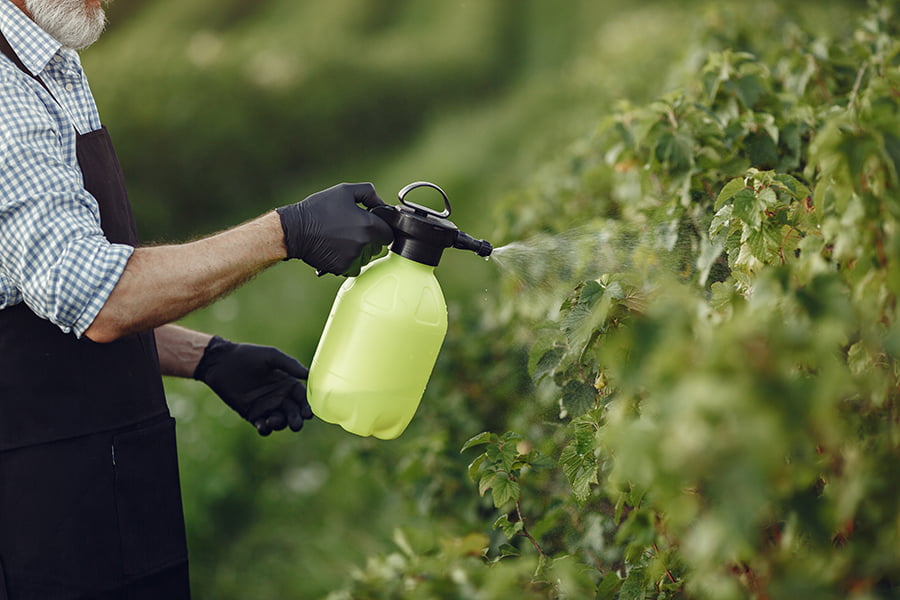
Pesticides are chemicals used to kill insects, while herbicides are chemicals used to kill plants. Both can be harmful to birds and other wildlife, as well as humans.
Instead of using these potentially dangerous substances, it is important to focus on creating an environment that encourages beneficial insects like bees and butterflies, which will help keep pests in check naturally. Planting native species of plants that attract birds and other wildlife can provide food sources for them without the need for chemical treatments.
Providing water sources such as bird baths or ponds will also help create a safe haven for local fauna.
Providing Perches for Birds to Rest On
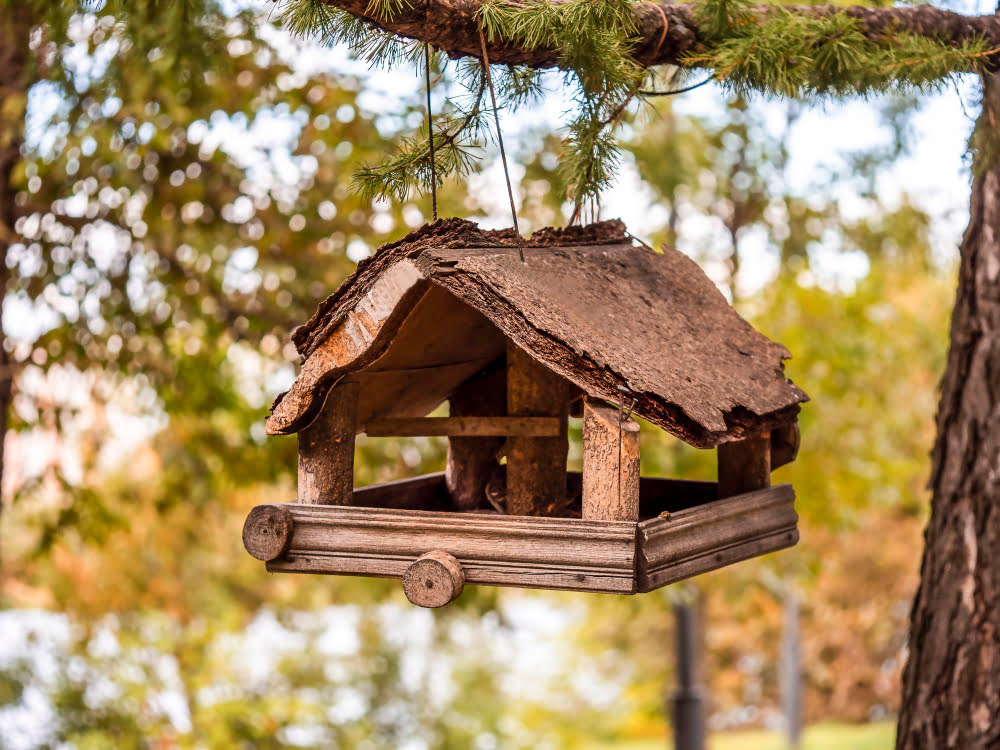
Perches provide a safe place for birds to land, rest, and observe their surroundings. They also offer protection from predators and the elements.
To create perches in your landscape, you can use tree branches or logs that are at least four inches thick. Place them in areas where there is plenty of sunlight and shelter from wind and rain.
Make sure they are securely attached so they don’t move around when the birds land on them. You can also add birdhouses or nesting boxes near the perches to give the birds additional places to roost or nest if desired.
By providing these simple structures, you will be helping create a safe haven for local wildlife!
